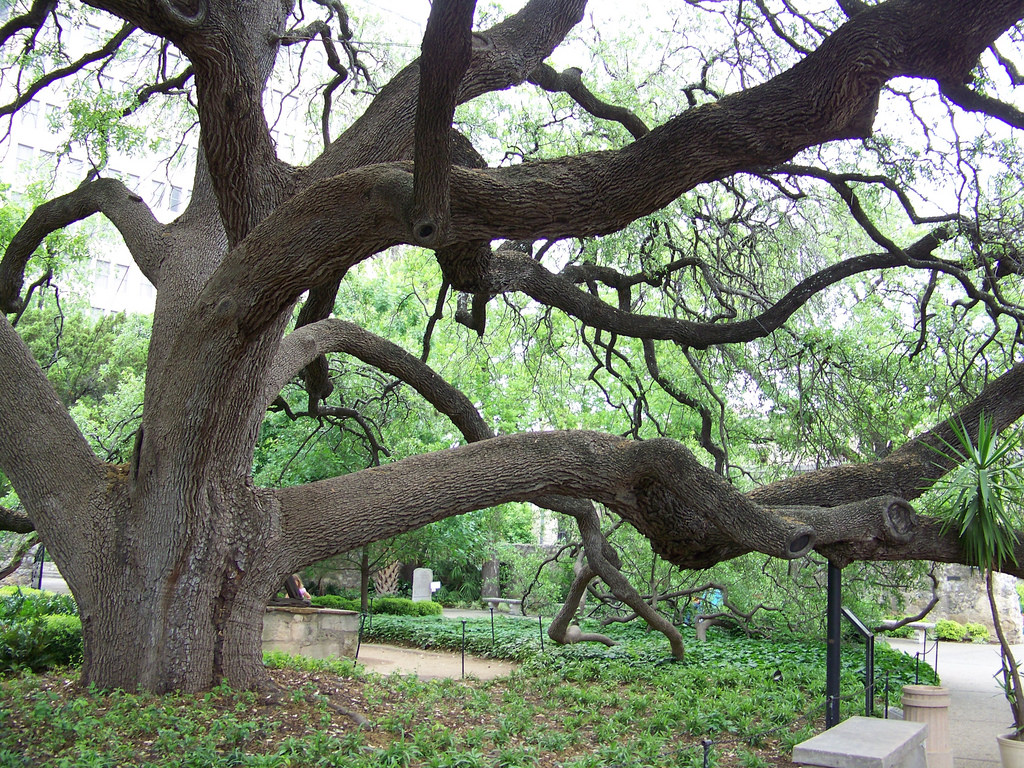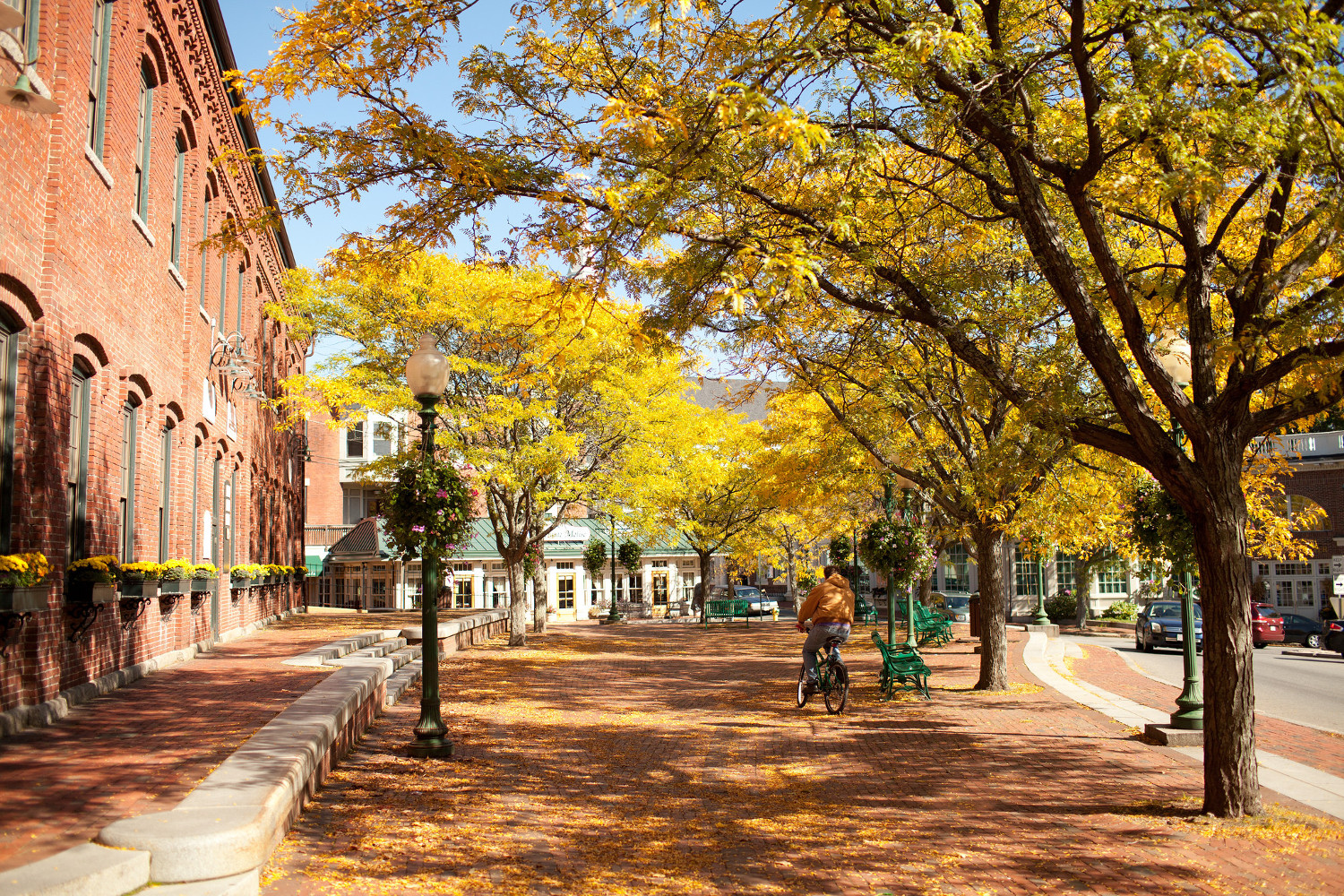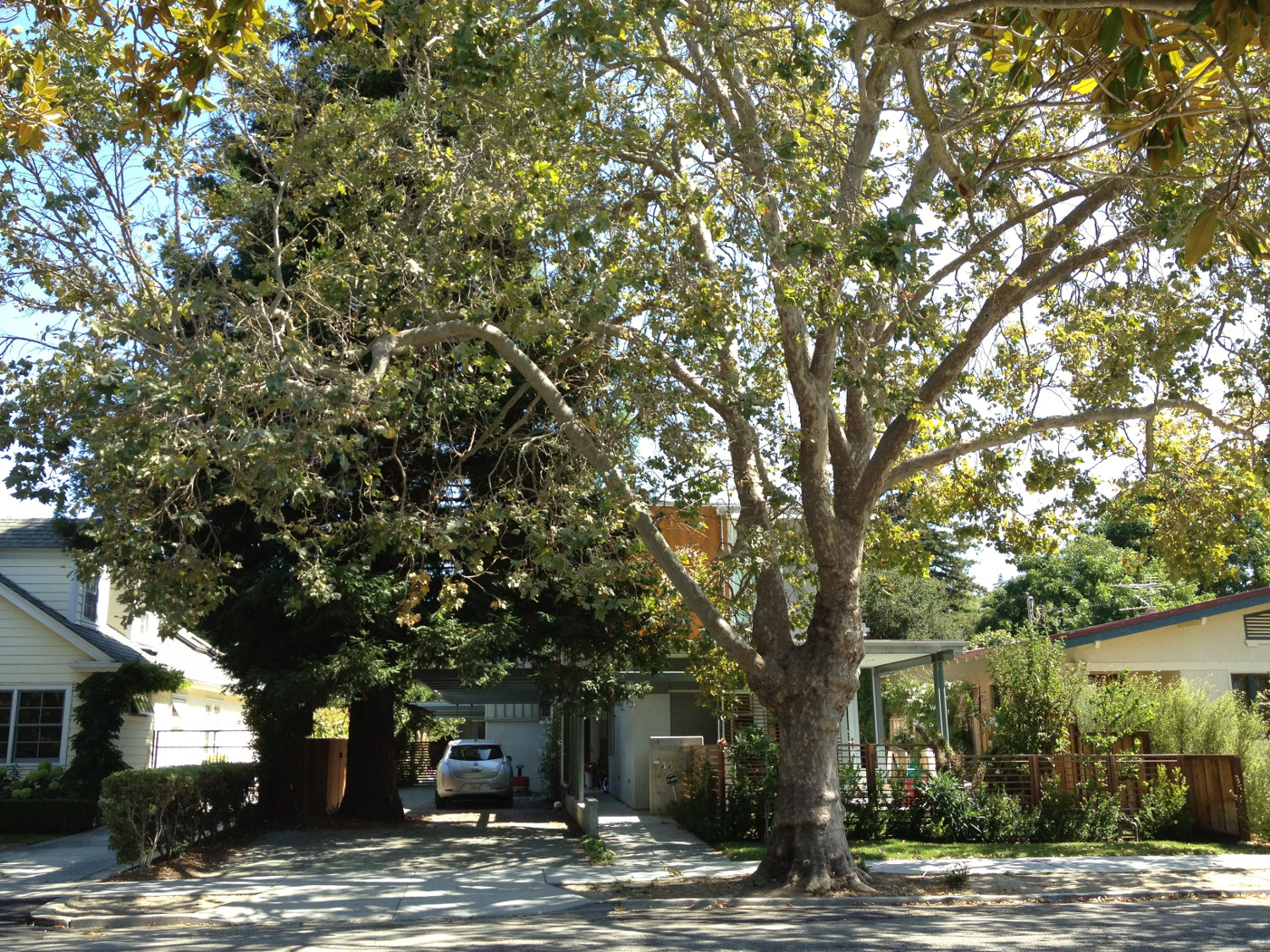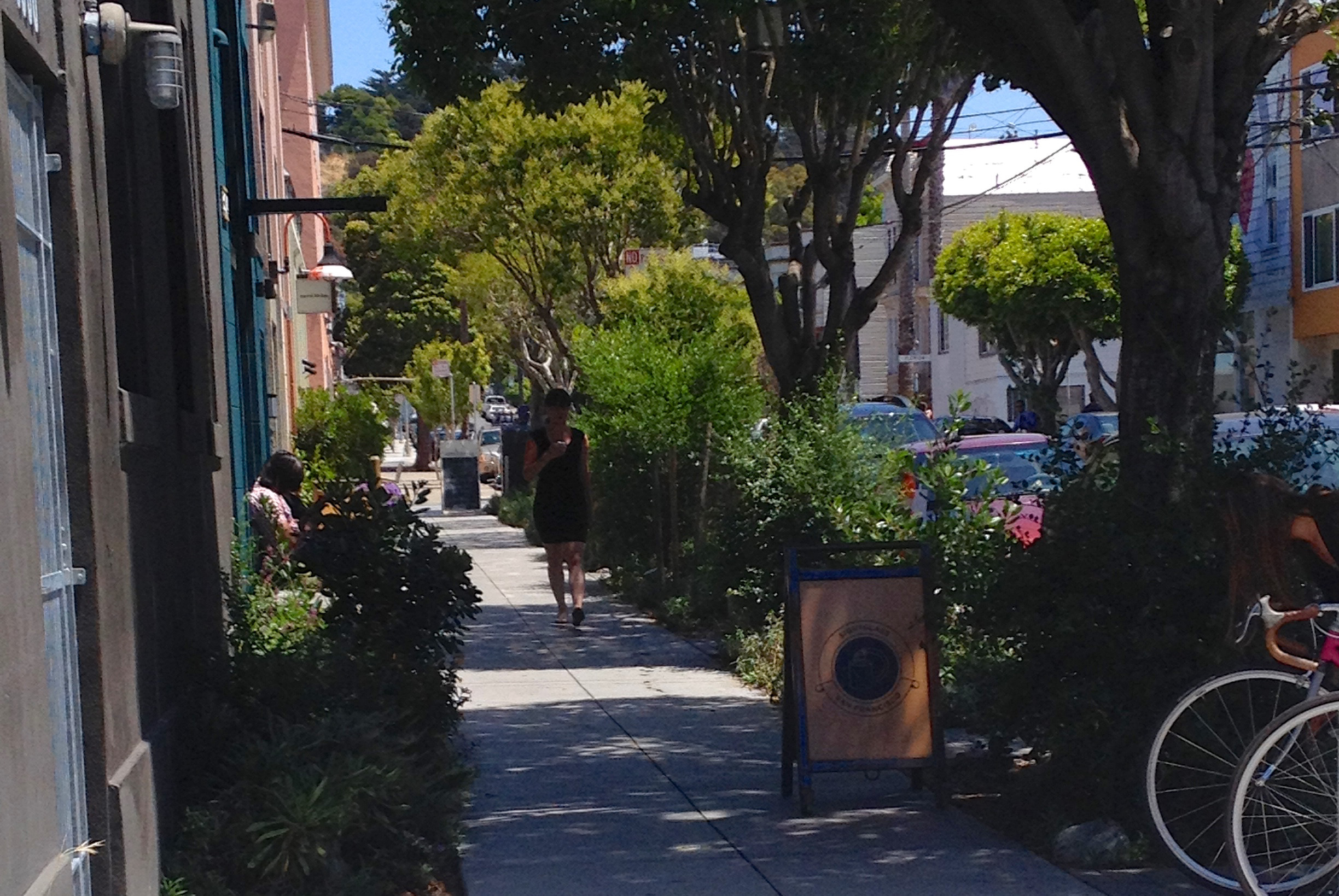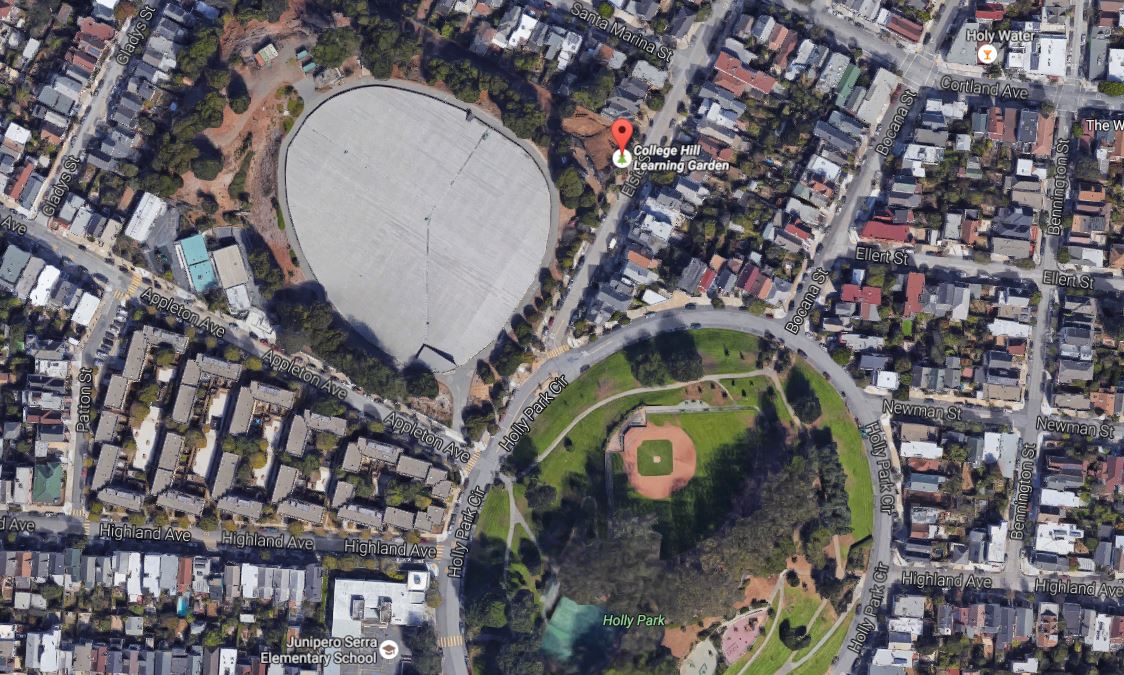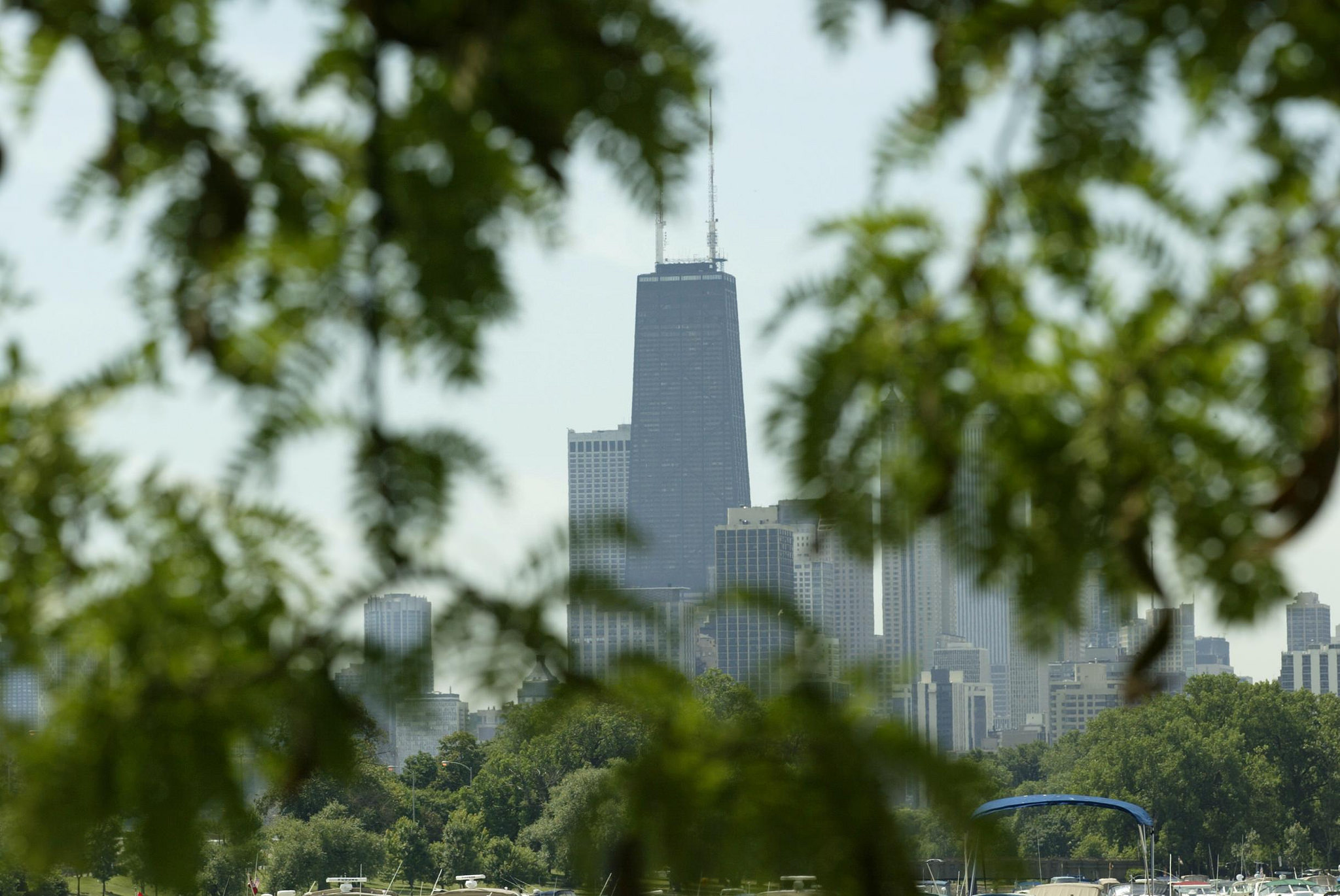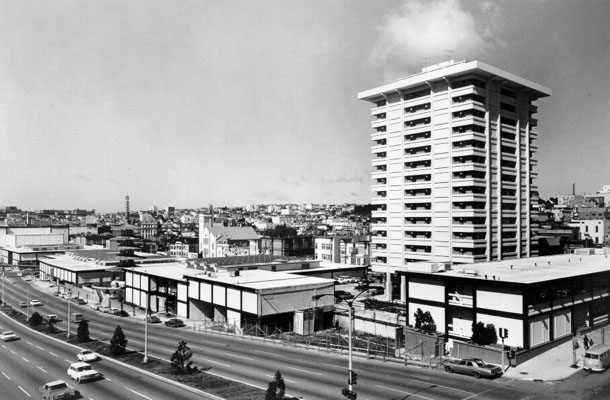Treequake: A seismic shift in San Francisco urban forestry
Starting July 1, 2017, the City of San Francisco will start doing something it hasn’t done since the 1970s: take responsibility for all the trees in the public right-of-way. San Francisco cut funding to urban forestry in the late 1970s, resulting in a handoff of responsibility to adjacent property owners for two thirds of the… More


